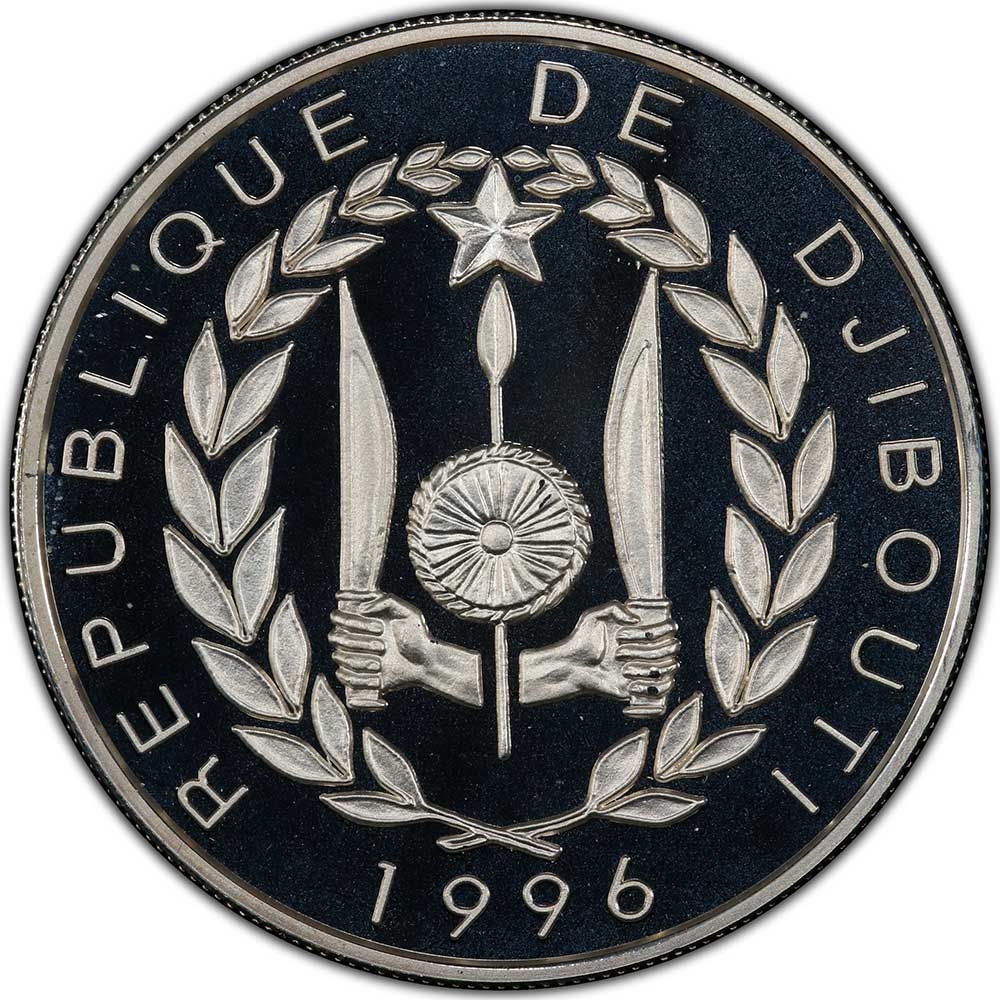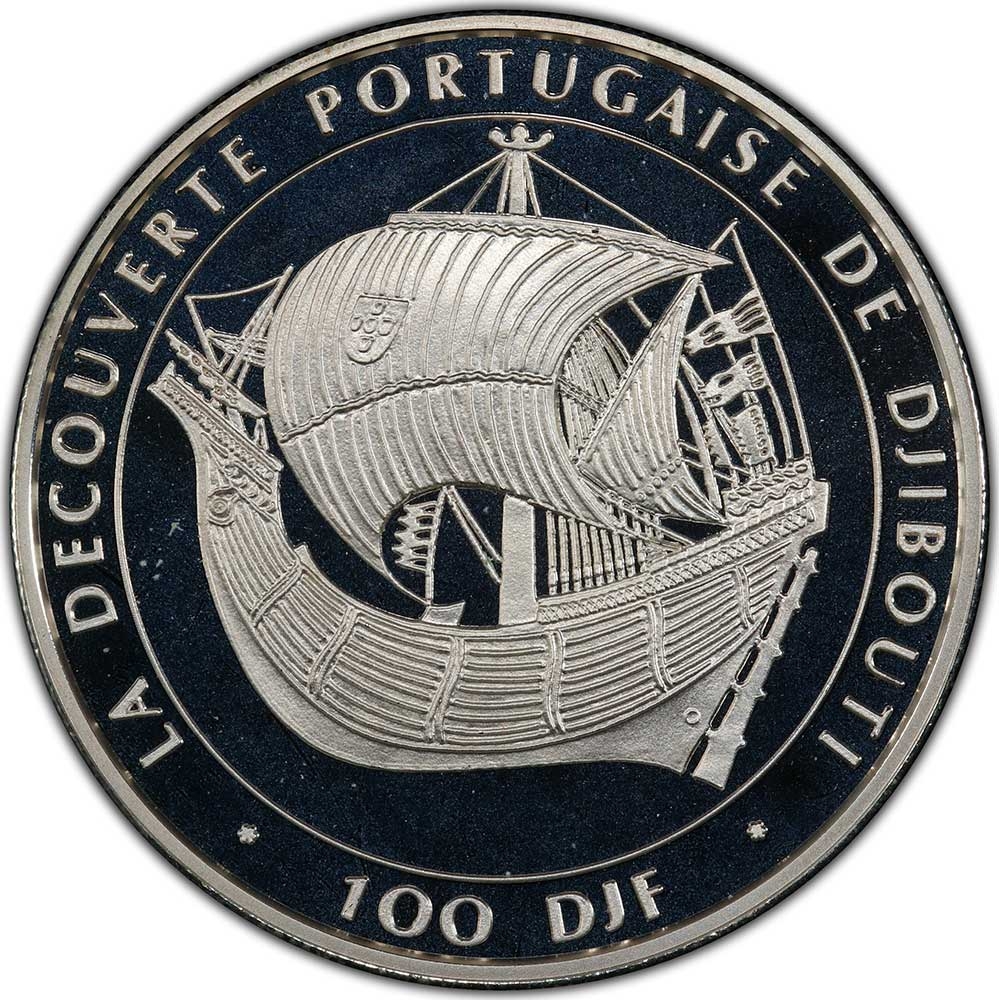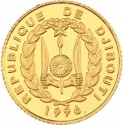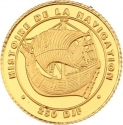You are about to finish your registration. Please check your mailbox (including spam folder). There should be a letter with a confirmation link. Check setting to make sure that your e-mail address is correct.
Send letter againDescription
In the early 16th century, amid their expansive maritime endeavors, the Portuguese turned their attention to the Somali coast and the Gulf of Aden waters. Referring to the stretch of land from Cape Guardafui to Massawa as the "costa do Abexi" or "costa do Preste," (encompassing Puntland, Somaliland, Djibouti, and Eritrea), they mistakenly believed it to be dominated by the Christian Ethiopian ruler associated with the legendary figure of Prester John. Portuguese armadas regularly visited this region, seeking valuable pilots, provisions, and ship repair facilities. In 1507, Tristão da Cunha led an expedition to Suq fortress on Socotra, later abandoned. Simultaneously, Afonso de Albuquerque dispatched envoys to Zayla to establish ties with the Ethiopian ruler Lebna Dengel. Portuguese sources, including Afonso de Albuquerque's "Commentarios," document their military and geographic endeavors along the Horn of Africa. Their observations contributed to mapping the region, notably depicted in the Cantino planisphere of 1502. These explorations indirectly influenced the later arrival of European powers such as the Dutch and British East India Companies.
Obverse

|
Depicts the national arms within the wreath, country name in French above and date below. REPUBLIQUE DE DJIBOUTI |
|---|---|
Reverse

|
Depicts the famous Portuguese carrack Flor de la Mar, with an inscription in French "The Portuguese Discovery of Djibouti" above and denomination below. · LA DECOUVERTE PORTUGAISE DE DJIBOUTI · |
| Edge |



